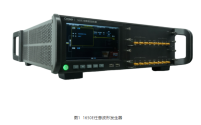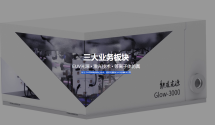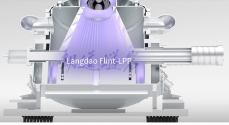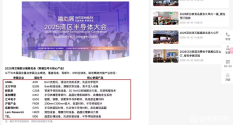Siyi Technology has officially launched the 1650E, a new generation of high-end broadband arbitrary waveform generators (AWGs), the first domestically produced AWG to achieve a sampling rate of 25.6GSa/s. The 1650E features up to four analog output channels, output pulse rise times as low as 46ps, and a maximum of 8GB of sample point storage per channel. It also offers a wide range of digital and analog modulation capabilities, enabling precise generation of a variety of specialized signals and communication test signals. I
t has broad applications in automotive electronics, 6G communications, optical communications, integrated circuit testing, and other fields.

1. Large bandwidth and high precision, truly presenting signal details
The 1650E offers a maximum sampling rate of 25.6GSa/s and a maximum output instantaneous bandwidth of 10GHz, ensuring accurate generation of wideband signals. The 1650E supports 2- and 4-channel configurations and features up to 16 bits of vertical resolution, providing higher signal fidelity.
2. Ultra-fast edge and low jitter, pulse signal "as you wish"
Thanks to its high sampling rate of 25.6GSa/s, the 1650E outputs pulses with rise times as low as 46ps and a maximum amplitude of 1Vpp in single-ended DC-coupled output, meeting the requirements of most pulse testing scenarios in the automotive industry, integrated circuits, and other industries. Furthermore, the 1650E utilizes patented pulse jitter suppression technology to achieve extremely low jitter when outputting square waves and pulse signals, while supporting fine adjustment of pulse width and rising/falling edges, meeting the stringent demands for high-speed digital signals and high-precision pulses.
3. Deep storage arbitrary waveform generation, flexible adaptation to complex tests
The 1650E boasts a maximum memory depth of 8G samples per channel, supporting waveform playback up to 312.5ms even at the highest sampling rate of 25.6GSa/s, enabling long-duration, high-fidelity signal generation. The 1650E includes built-in digital and analog modulation capabilities such as ASK, FSK, PSK, AM, FM, PM, and PWM, allowing flexible arbitrary waveform programming to output complex vector-modulated signals, meeting the stringent requirements of wireless communications and RF testing.
4. Generate a variety of special signals and communication test signals to facilitate professional testing
The 1650E can not only accurately reproduce standard signals, but also flexibly simulate complex actual test environments and generate a variety of special signals including linear frequency modulation, noise signals, multi-pulse signals, etc., helping customers complete professional testing in multiple stages such as testing, verification, and production.




